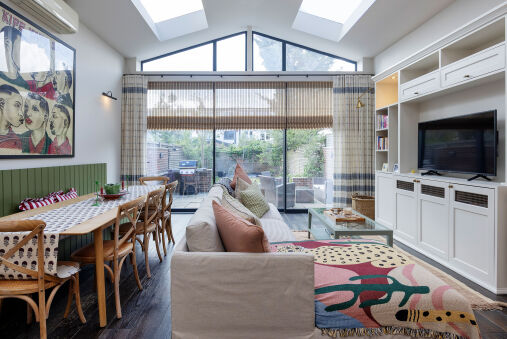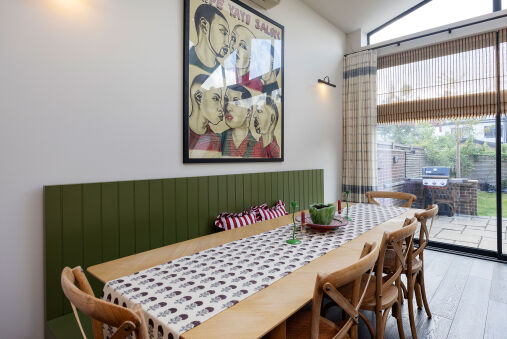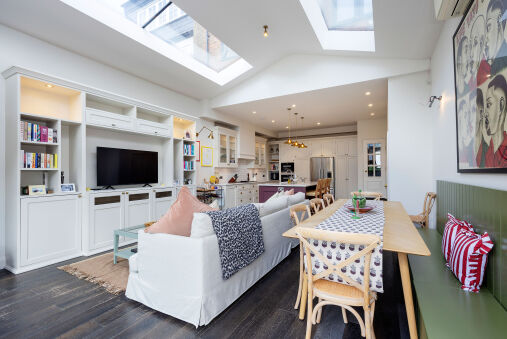Explore London
London’s new sporting era
London has long been a sporting capital and it’s home to all of the UK’s major national sports in a variety that is arguably unparalleled in Europe. The Olympic Park and Wembley Stadium are just two developments of the past decade, but now a new surge is taking London into the 21st century. How will this affect the look and feel of the capital – and the spectator? Read on as we guide you through what to see, where to go and how to experience London’s new sporting landscape.
A gleaming decade

The past decade has been quite a remarkable time for UK sport, not least in London. To kick it off Arsenal opened the gleaming, 60,000-seat Emirates Stadium in 2006, just round the corner from their old ground in Highbury. A year later England’s national football stadium was finally completed at Wembley, infamous for being delayed by four years but now, happily, more well-known for hosting a number of spectacular cup and Olympic football finals. This leads us, of course, to the London 2012 Games, which saw a raft of new, world-class facilities fill up Stratford and nationwide celebration of sport centred on the capital.
But it wasn’t all this enthralling, promising and shiny. During the 1980s football attendances were falling – a reflection of, among other reasons, neglected stadia – reaching their nadir in the late 1980s at an average of around 19,000 in the top division. Following the tragedy of Hillsborough the top teams were ordered to construct all-seater facilities, leading to a subsequent growth in the number of spectators to around 36,000 today, on average.
New developments
This plethora of new activity is now being matched throughout London in a surge of new developments. Chelsea hope to play in their new, brick-clad ‘cathedral’ of football by 2021, a glitzy arena befitting of London’s more traditional architecture. Equally ambitious are their partners at the top of the Premier League – Tottenham – who are similarly redeveloping their ground at White Hart Lane. West Ham this season began life at the converted Olympic Stadium, while even the smaller clubs of Fulham and Queens Park Rangers in west London have declared their intentions for new grounds. What will emerge in the next decade is a city full of modern and diverse stadia, each with its own character embedded in its local area.
Glitzy, soulless?
That being said, the development of the new stadia is following a similar pattern: more seats and more opportunities to watch the game, of course; but also an experience that is ever more upmarket. Tottenham’s new ground will feature a section where fans can watch the players in the tunnel through one-way glass – at the cost of £15,000 a ticket. More intimate is Fulham’s new riverside stand that will open a new, public path along the River Thames. Different approaches, certainly.

More than a game
Sport is not the only focus of this raft of new infrastructure. Live music is increasingly featured, with venues having the ability and capacity to host multiple forms of entertainment. Wembley Stadium will be the stage for Adele’s tour this summer, for example. The national football stadium is now on a par with venues such as the O2 in London: competition perhaps, but all lead to ever more entertainment in the capital (although you shouldn’t discount smaller music stages, as our article suggests).








 london
london














